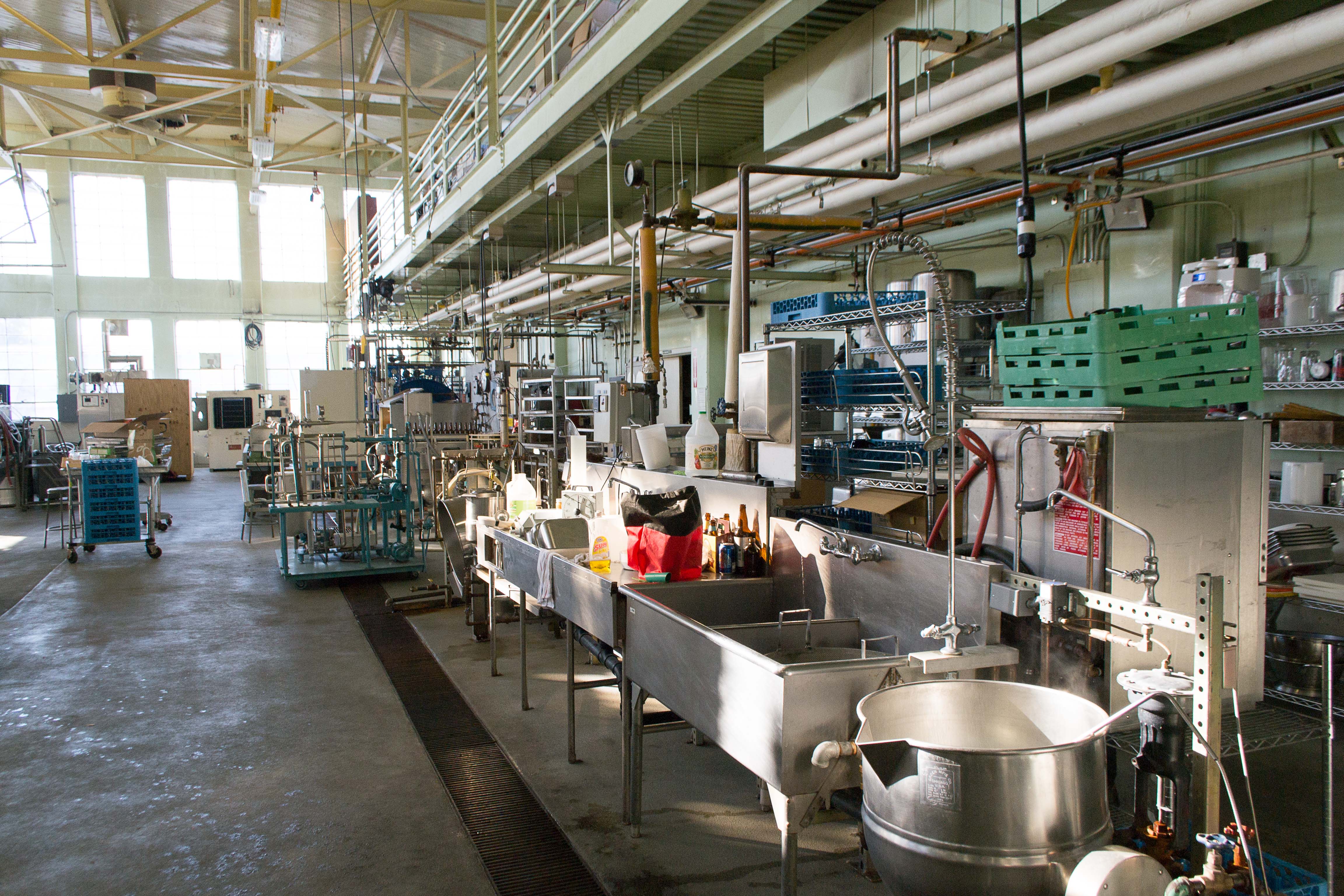
Photo from academic.microsoft.com
Medicinal plants have been used from ancient times for human healthcare as in the form of traditional medicines, spices, and other food components. Garlic (Allium sativum L.) is an aromatic… Click to show full abstract
Medicinal plants have been used from ancient times for human healthcare as in the form of traditional medicines, spices, and other food components. Garlic (Allium sativum L.) is an aromatic herbaceous plant that is consumed worldwide as food and traditional remedy for various diseases. It has been reported to possess several biological properties including anticarcinogenic, antioxidant, antidiabetic, renoprotective, anti-atherosclerotic, antibacterial, antifungal, and antihypertensive activities in traditional medicines. A. sativum is rich in several sulfur-containing phytoconstituents such as alliin, allicin, ajoenes, vinyldithiins, and flavonoids such as quercetin. Extracts and isolated compounds of A. sativum have been evaluated for various biological activities including antibacterial, antiviral, antifungal, antiprotozoal, antioxidant, anti-inflammatory, and anticancer activities among others. This review examines the phytochemical composition, pharmacokinetics, and pharmacological activities of A. sativum extracts as well as its main active constituent, allicin.
Journal Title: Nutrients
Year Published: 2020
Link to full text (if available)
Share on Social Media: Sign Up to like & get
recommendations!